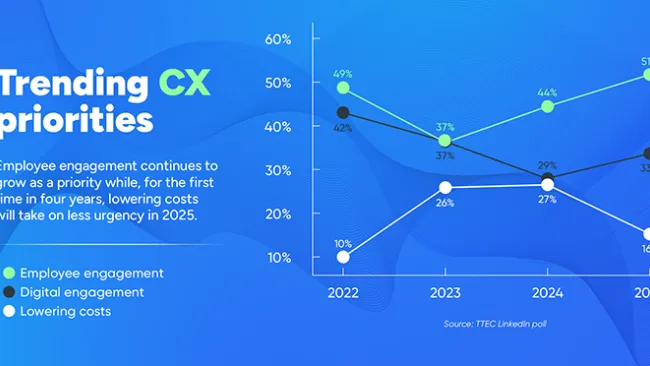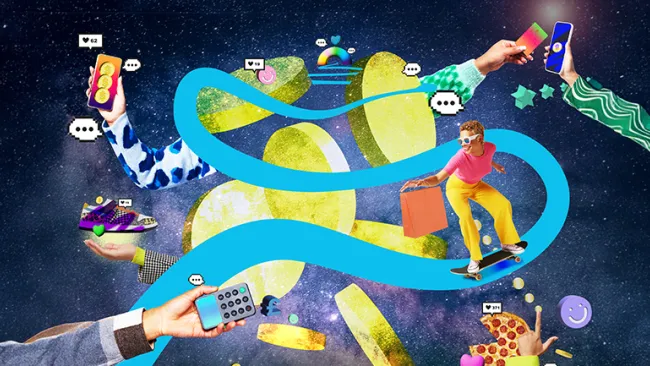Chocolate-covered strawberries, bouquets of red roses, and heart-adorned greeting cards are vying for our attention every time we switch on the television, flick through a magazine, or walk past a shop window. There is no doubt that Valentine’s Day is at our doorstep and, like every year, we’re being urged to remember our loved ones and find a way to materially show them how important they are to us.
But, this time of the year isn’t only for lovers to wine and dine and shower their partners with gifts. Valentine’s Day should also serve as a reminder for businesses to take a thorough look at the relationship they have with their customers. Business leaders should ask: “Do my customers love me?” And, irrespective of the answer, they should then find ways to ensure that their customers either fall in love with them, or remain so.
Successful relationships require hard work and dedication. Business leaders who are committed to stem churn need to rekindle the relationship with their customers by focusing on their needs, showing respect, and engaging with them in a personalized manner. Organizations that understand the customer’s importance achieve high promoter scores. USAA, for example, enjoys a 98 percent retention rate while Costco’s membership renewal rates are above 89 percent, and Apple’s revenue per square foot is almost four times that of its nearest competitor. These statistics emphasize that if you love your customers and treat them well, they will very likely love you back.
Here are five important actions that business leaders should focus on to make sure their customers love them:
- Customer engagement is key: Just like in a romantic relationship, customers want to feel special and not simply a source of income for the companies they do business with. A focus on customers’ individual needs and personalized engagement should be an integral part of organizations’ customer retention strategy.
- Listen to both shouts and whispers: Customers can be very vocal and are happy to tell companies what they think about them. It is in organizations’ best interests to listen to what their customers are saying, both vocally and also subtly through their digital body language.Companies then need to usethis feedback to really understand what their customers like about them and what they’re not fond of. Sound communication is at the basis of every relationship and sometimes it will uncover surprises. Research conducted by Bain & Company and Satmetrix among more than 360 firms found that while 80 percent of companies believed they delivered a “superior experience” to their clients, only 8 percent of these companies’ customers believed that these brands were really delivering. Click to Tweet this: 80 percent of companies believe they deliver a superior customer experience but, only 8 percent of customers agree. http://ow.ly/hy8u7
- Turn data into meaningful insights: Customers are different from one another and so are their expectations. Organizations need to make the effort to really understand how their customers expect to be treated by tapping into the copious amounts of customer data available. They should invest in the necessary modeling and analytics that turns the information into insights that can be used to treat customers the way they expect to be treated, make improvements to products and services, and elevate the overall customer experience.
- Same treatment across the board: Irrespective of the channel through which they’re interacting with a company, customers are still doing business with one brand and expect the same experience whether they’re in a store, speaking with a contact center associate, or making a purchase online. The customer experience is the sum of all the parts, rather than just one interaction. Since today’s customers are omni-channel, organizations need to integrate their various customer touchpoints to deliver seamless multichannel interactions.
- Until death do us part: Creating loyal customers who will continue doing business with a brand for life is a critical achievement for business leaders. However, especially when faced with so many options, customers will only return to do business with an organization if they enjoy the experience and feel that the company is cognizant and respectful of their needs. Just like a couple who works to keep their relationship alive, organizations need to keep the momentum going throughout the customer lifecycle to ensure that customers are still passionate about doing business with them.
While there are obvious differences between the brand-customer rapport and a romantic relationship, business leaders need to keep in mind that the some of the same behavior that makes a romantic bond work—respect, trust, and care—will also help them create and retain loyal customers. Great romantic relationships are celebrated by multiple anniversaries, and businesses that work hard to build a positive rapport with their customers will enjoy long term, successful relationships that lead to revenue growth.
















